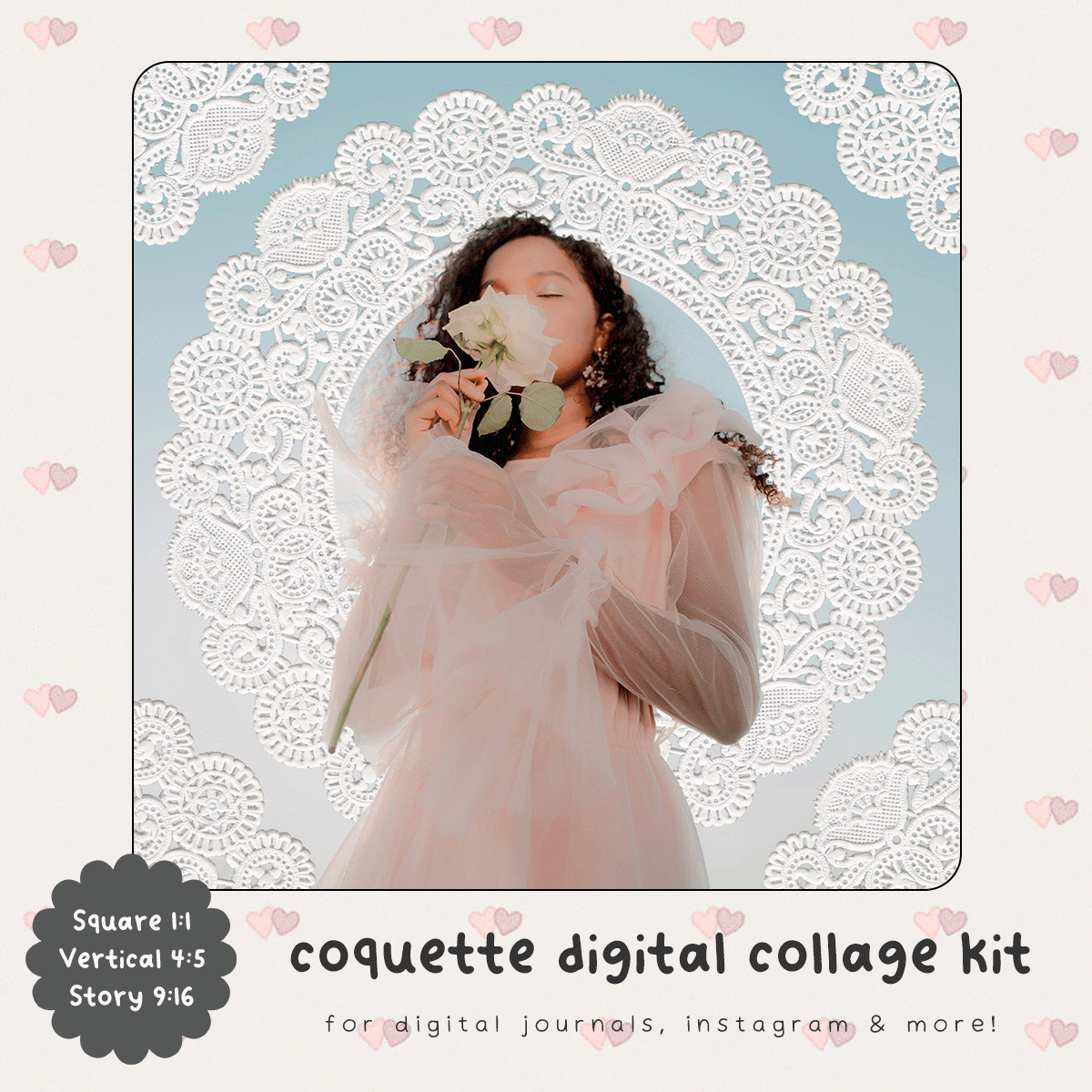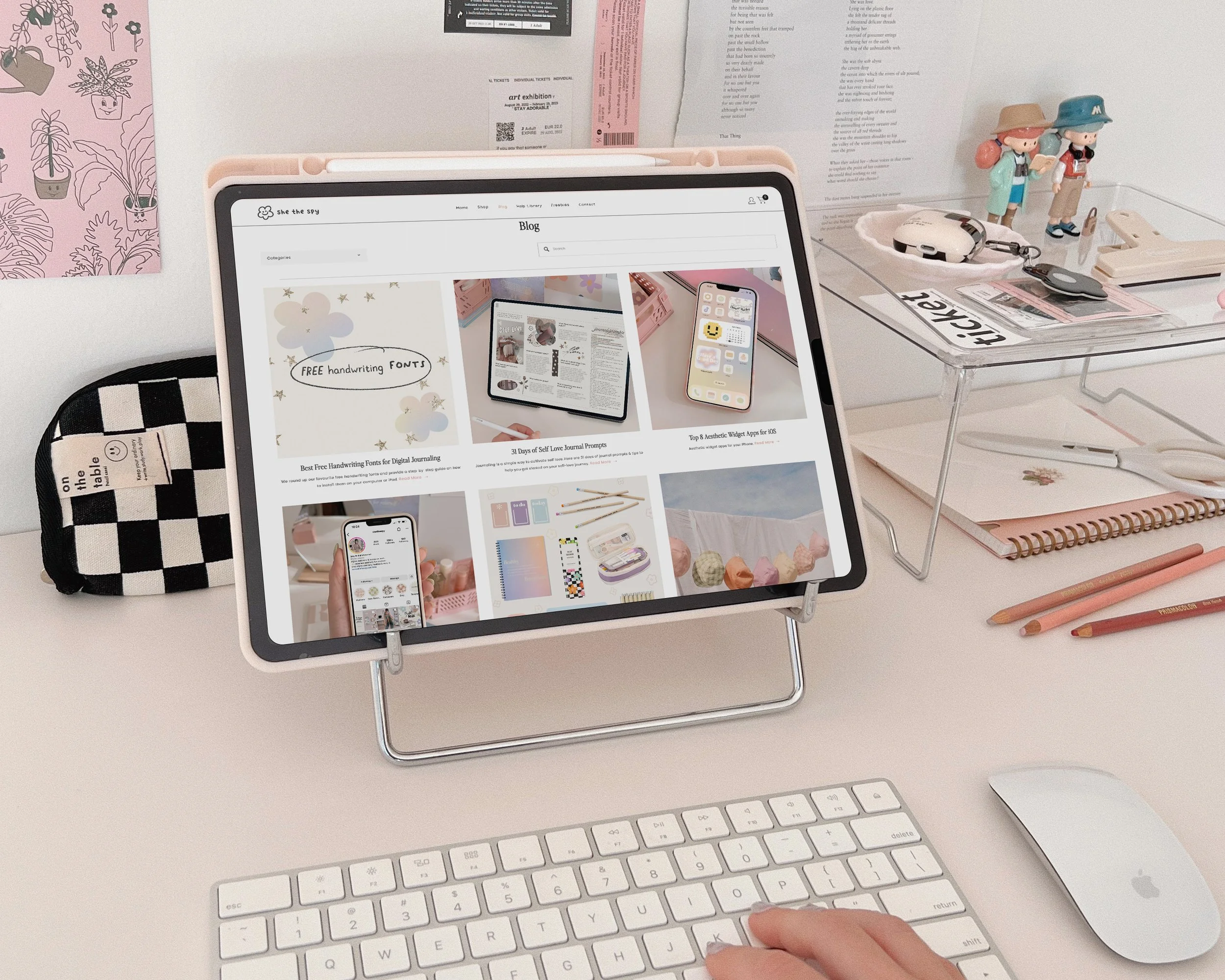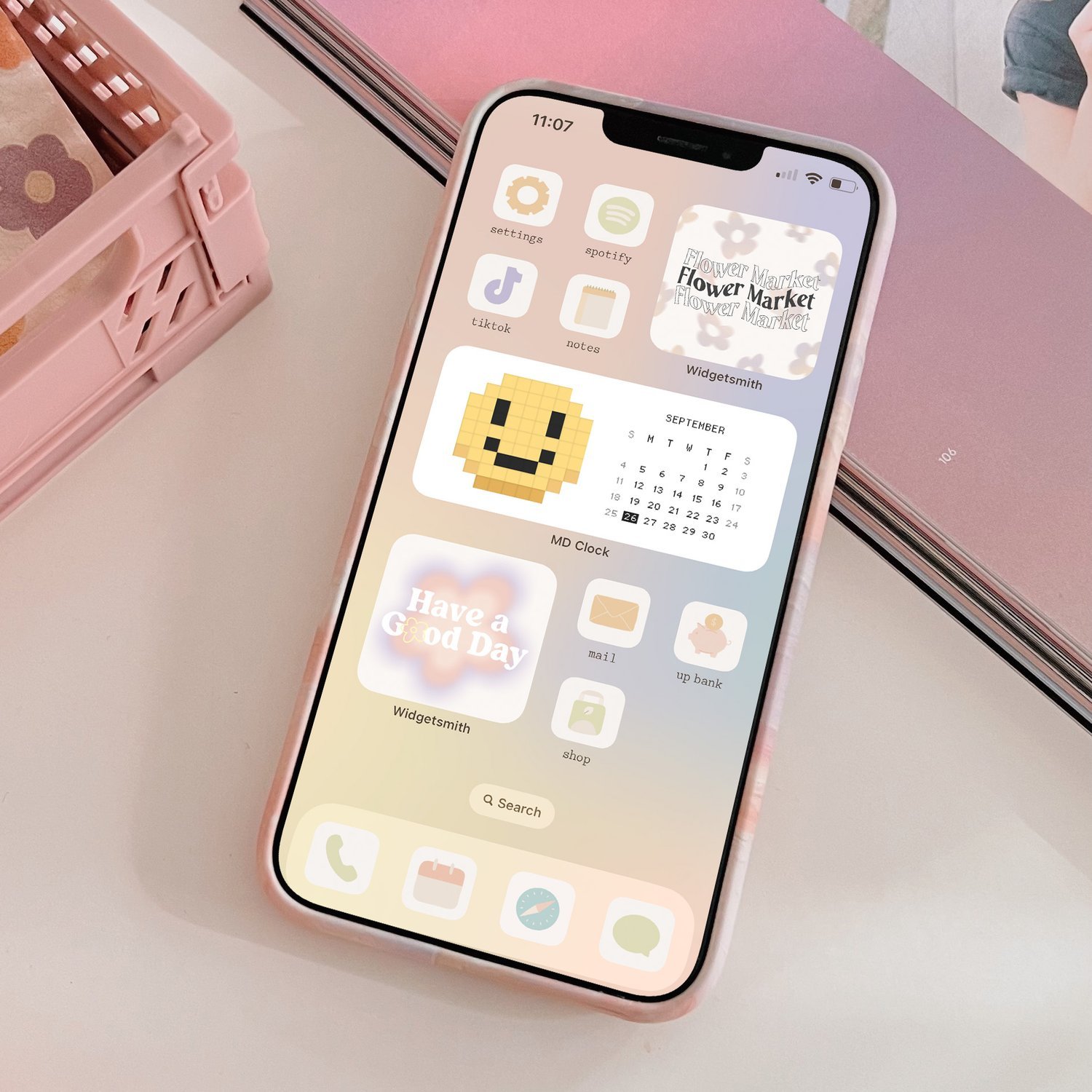How To Start a Blog
Have you ever dreamt of launching a blog but found yourself uncertain about where to start? Look no further! This guide is for beings eager to turn their creativity and blogging aspirations into reality. Blogging is the perfect creative outline; an online cozy space to express your passions, curate a digital journal & foster a community. Whether you’re driven by the love of writing, creating or wanting to make blogging your income - this guide will give you all the essential knowledge you’re going to need. Let’s get started!
What is a blog?
A blog is an online journal that can be written by a singular author, a group of contributors or a business. A blog is updated regularly and is composed of blog post entries. Entries are dated & are displayed in chronological order. Entries can be similar to articles where the author will share useful information to their community. Blog post entries can include text, images, videos etc! Most blogs also have comment sections where their readers can leave feedback.
Choosing a niche
Your blog’s niche is what you’ll be blogging about - your main topics. Having a niche for your blog is important, as it will help your blog to be cohesive and targeted to a specific audience. If your content is all over the place, it can be confusing for readers to connect with you. Here are just a few popular blogging niches:
Lifestyle
Beauty
Business
Wellness
Food
Parenting
Productivity
DIY
Home
You will want to pick a niche that you feel passionate about & confident to write content for. A well-written blog is one that is genuine and authentic, so choose a niche that means something to you. It is possible to have multiple niches. If you wish to focus on multiple areas, I would aim to pick up 3 that relate to each other well.
Securing a name for your blog
Your next step is to decide on a name for your blog. You can use your name, words that mean something to you, or brainstorm words that relate to your niche. When I’m brainstorming names, I like to write down a list of words I like and pair them together to create phrases that resonate with me & my blog’s purpose.
After you have a list of possible names, you need to check the availability of your name. Here are some things to check:
Google the name idea! What comes up? Are there any existing pages, businesses etc that could be confused with your own or are established?
Check if the website domain is available on a domain search. A website domain is the web address eg. www.YOURBLOGNAME.com
Check if the name is available on the social media pages you wish to use.
Generally, shorter names are better, 6-14 characters is recommended but not a rule.
Once you decide on your Blog’s name, snap up a domain & relevant social media channels quick!
Choosing a blogging platform
There are a number of platforms you can blog on, including some free platforms.
The platform I use & recommend is Squarespace. I like using Squarespace because it’s a really easy website builder but with a lot of flexibility to customise the look. You can also open a shop on Squarespace and monetise your blog. You can also purchase a domain through Squarespace.
Other blogging platforms:
Domain hosts:
Branding your blog
After deciding on a niche and choosing your blog’s name, it’s now time to give your blog it’s own brand and personality. Branding is the visual identity / aesthetic of your blog. Take a read of my article “How To Find Your Own Aesthetic” and apply these steps to your blog’s visual branding.
Try creating a Pinterest board with images that encompass the mood that you want your blog to have. Pay attention to colours.
Then, choose a colour palette for your blog.
Next, design a blog logo. You can design your own or shop affordable blog logos on sites like Etsy.
Website checklist
After you’ve secured a domain & signed up to a blogging platform, you’ll need to design the visual look of your blog. With Squarespace, you’ll be able to choose from different template and then easily customise the colours and logo. Here is a quick checklist for your website:
Logo
Consistent colour palette
Consistent brand fonts
Landing page
Navigation bar (with links to sub-categories)
About me page
Contact form
Social media links
Mobile friendly design
Connect google analytics
Custom favicon
Enable “Pin it” & sharing buttons
How to brainstorm content ideas
Your blog will have greater success if you blog consistently. Decide on how often you’ll publish blog entries and what day. If your readers can rely on you, they’ll show up on your blog post days.
Your content should be related to your blog niche. A good blog post provides value to your readers - it answers a question, provides a solution, helps them discover something new, gives helpful direction. A really great tool that I like to use for brainstorming content is Answer the Public. This website allows you to type in any topic or keyword and it will tell you what questions and queries people are searching for in relation to that topic/keyword. Use this list to spark post ideas.
Blog post checklist
You just wrote your first blog post? Congratulations! Before you hit publish… here are a few things to check:
SEO friendly & amazing title
Easy to read / simple language
A main captivating image
Enticing introduction
Information is organised with sub-headings
Keywords in the post
Spelling and grammar check
Call to Action at the end of the post
Categories and tags
‘Pinnable’ Images
Simple permalink
Add internal & external links
Credit your sources
Promoting your blog
Here are some ways to promote your blog post after publishing:
Pin blog post to Pinterest
Share across your social media platforms: Instagram, Facebook, Twitter etc
Update your Instagram bio link to direct straight to your blog post
Share the post in relevant facebook groups
Work the blog post into related previous posts as an internal link
Monetising your blog
Monetising means to earn revenue from. You begin to monetise your blog from day one. When it comes to blogging, having multiple streams of income is the best way. Here are a few things you can do to monetise:
Affiliate marketing - this is where an online retailer will pay a commission to you for driving traffic/sales to their business. There are affiliate marketing services that you can apply to, such as Rewards Style or Shop Style, where there are a wide range of retailers to market. Or there are also many online retailers and services also have their own affiliate marketing programs which you can apply to from their website directly.
Google Adsense - apply to display ads on your website & earn.
Write sponsored blog post content
Sell digital products - ebook, course, products - that relate to your niche
And there you have it! With this guide at your fingertips, starting your own blog becomes an exciting creative adventure rather than a stress. Your blogging dreams are ready to come true. Remember, creating your own blog is like making a cozy digital space that’s uniquely yours. So, let your creativity and personality shine, connect with fellow creators and see what happens. Happy blogging!












